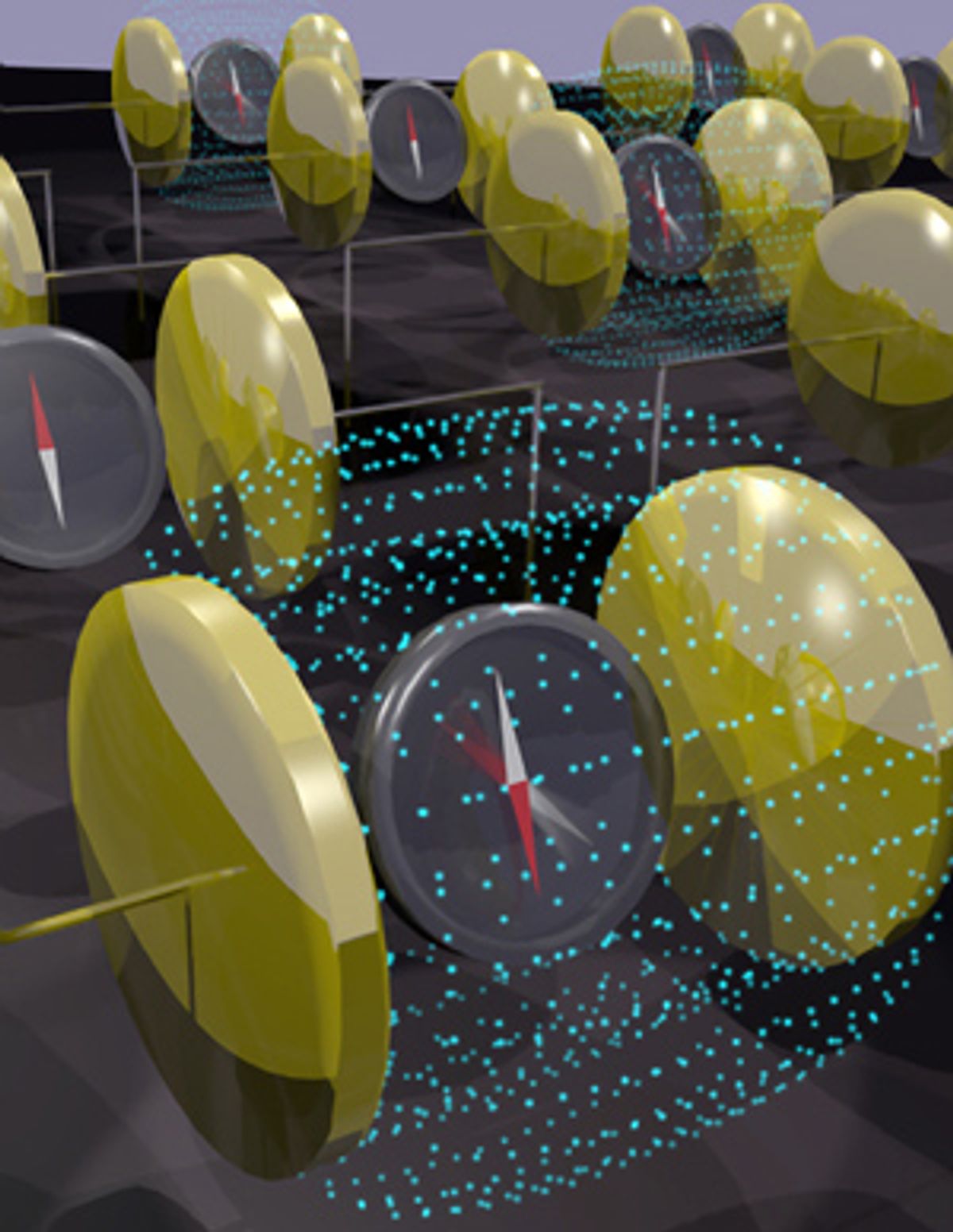An international team of researchers, led by a group at Cornell University, have developed a room-temperature magneto-electric memory device that can be switched with just voltage rather than current. If developed further, the technology could lead to low-power, instant-on computing, they claim.
The memory device is based on a multiferroic material that combines both magnetic and ferroelectric properties. The result of joining these two properties is that it becomes possible to control charges using magnetic fields and spins simply by applying a voltage.
“The advantage here is low energy consumption,” said Cornell postdoctoral associate John Heron, in a press release. “It requires a low voltage, without current, to switch it. Devices that use currents consume more energy and dissipate a significant amount of that energy in the form of heat. That is what’s heating up your computer and draining your batteries.”
In research published in the journal Nature, the international team—consisting of researchers from the University of Connecticut; University of California, Berkeley; Tsinghua University, in China; and the Swiss Federal Institute of Technology, in Zurich—made the multiferroic material out of bismuth ferrite. That substance has the rare property of possessing a permanent local magnetic field while always posessing an electric polarization that can be switched by applying an electric field.
Research at Cornell, led by Darrell Schlom, had previously demonstrated that multiferroic materials other than bismuth ferrite could serve as a basis for nonvolatile memory devices. However, in that research the multiferroic materials had to be kept at super low temperatures of 4 Kelvin (-269 Celsius).
The breakthrough for the new research was first theorizing and then demonstrating that the kinetics of the switching in a bismuth ferrite device occurs in a two-step process. They found an intermediate state between the 0 and 180-degree rotated states under the electric field.
In addition to this two-step process allowing for room temperature switching, the researchers discovered that such a multiferroic memory device requires an order of magnitude lower energy than spin-transfer-torque (STT) memory devices, which just earlier this year were promising to upend the memory business.
However, STT memory is already available commercially, albeit in limited scope, so this latest one-off multiferroic memory device has a ways to go before it pushes any other memory technologies aside.
Nonetheless, getting multiferroics to operate at room temperature is a major development. “Ever since multiferroics came back to life around 2000, achieving electrical control of magnetism at room temperature has been the goal,” Schlom said.
Dexter Johnson is a contributing editor at IEEE Spectrum, with a focus on nanotechnology.



